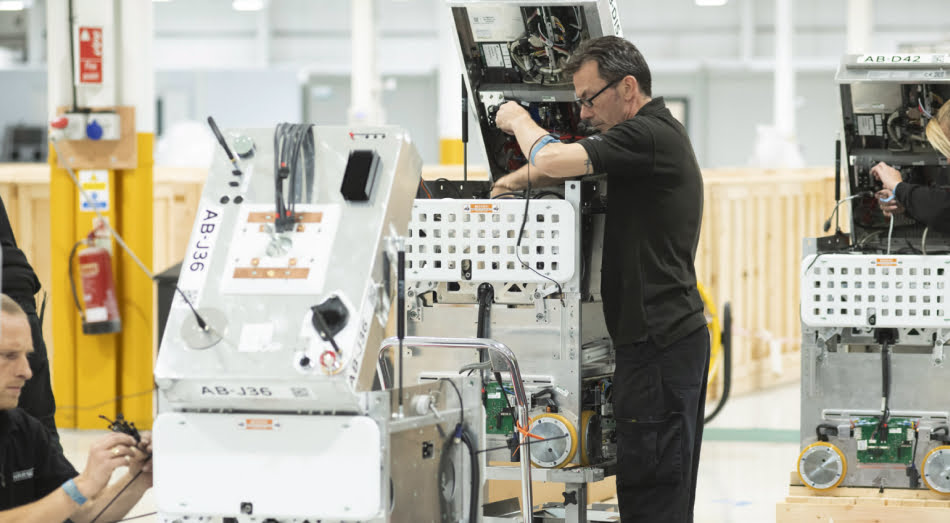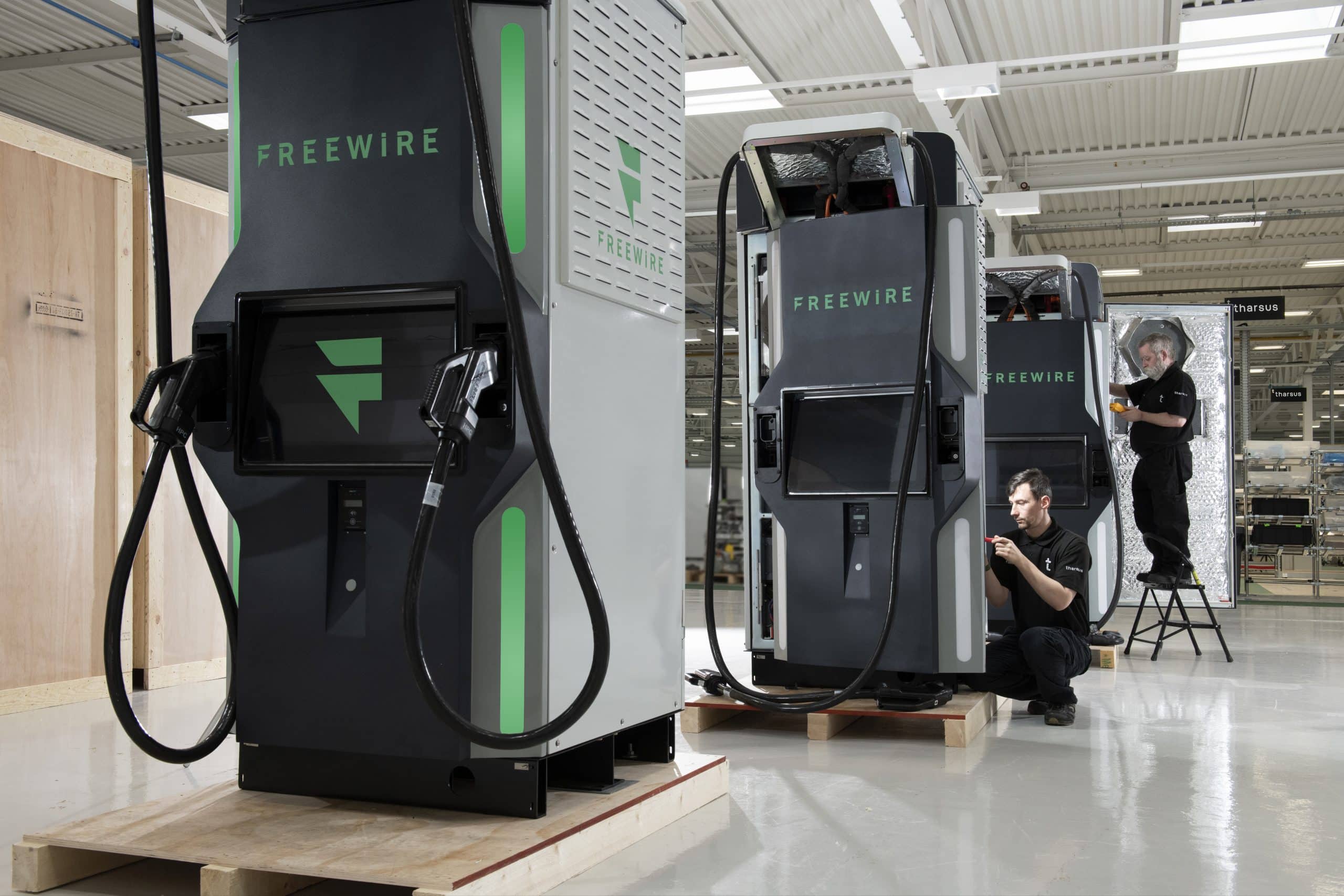
What is a Strategic Machine?
We explore the essence of a Strategic Machine by learning the story of the one of the World's best known.
A Strategic Machine makes a strategic difference to our customers proposition, giving them commercial success through potentially game-changing ideas in sometimes, quite established industries. For example, robotics in food production, warehouse automation, and agricultural robots.
But the principle of what makes a machine truly strategic is rooted in the problem it sets out to solve. Here’s the story of one of the world’s best known strategic machines.
One day in 1947 a car designer and farmer called Maurice Wilkes was walking his dogs along Anglesea beach, when he had a sudden flash of design inspiration. Using a stick he quickly drew his mind’s eye in the sand. Stepping back to review it, little did he imagine that the shape staring up at him would become one of the most recognisable and iconic in the world.
Wilkes had drawn a Land Rover.
Wilkes’ day job was Chief Designer at luxury car maker Rover. Austerity-gripped post war Britain wasn’t a particularly healthy market for a luxury car maker and Rover realised they somehow needed to make cash quickly to survive. Making more affordable cars wasn’t an option as others such as Morris and Austin had filled that space already. They’d have to come up with something different. Something which didn’t yet exist. Something which would create a whole new market. What’s more, this something needed to be affordable and easy to develop and build so it could be got into the market quickly.
So a pretty tall order then. And it fell to Wilkes as Chief Designer to fill it. There was some good news though. The Rover board anticipated a fairly rapid return to growth for the luxury car market, so they figured the new vehicle need only be on sale for 3-4 years to see them safely through the rocks.
Happily for Wilkes inspiration wasn’t far off. For some time he had been using an army surplus Jeep on his farm. He realised that a vehicle which combined the off road ability of the four wheel drive Jeep with the practicality of a car could have potential. But then if you added the ability to use powered agricultural machinery too, then you effectively had a car, come farm workhorse, come tractor, come go-anywhere vehicle in one package. And that had very exciting potential indeed.
So Wilkes had his game changing idea. And filtering this ingenuity into the design he managed keep costs very low. Use of a simple ladder chassis reduced the amount of scarce and costly heavy gauge steel needed. Creating the body panels out of a patent aluminium / magnesium alloy called Birmabright drastically reduced the cost of the body panels. Home grown Rover mechanicals were tough and abundant. Even the paint – RAF surplus – was sourced to keep cost low.
The Land Rover went on sale in 1948 priced at just £450. Within a year, over 8000 had been sold. And demand remained strong. A completely new and growing market had been created as everybody from small farmers to large landowners flocked to buy a Land Rover and enjoy the huge benefits its versatility brought them. Cash came in. Rover lived on to be a luxury car maker once more. Wilkes had done it. He had created a Strategic Machine.
Of course we all know the story of Wilkes’ three year stop gap went – and continues to go – rather further, but that’s perhaps for another time.
Tharsus designs and manufactures Strategic Machines. Strategic Machines make a strategic difference to our customers’ business performance by solving tough automation problems and creating new business opportunities. The right Strategic Machine helps businesses tackle people and resource scarcity, environmental challenges, changing consumer behaviour and disruptive competitors and technologies.

